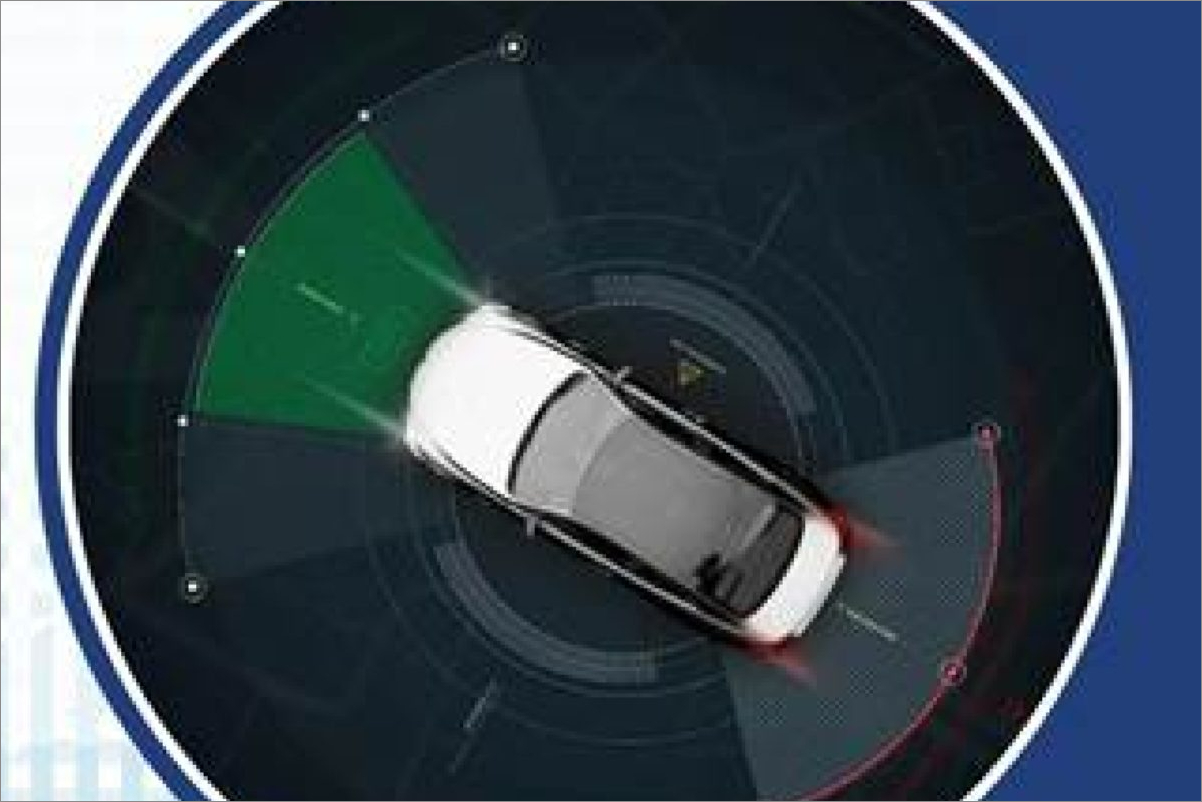Auto OEM reduces front axle weight by 40% with ANSYS
By admin August 18, 2011 12:41 pm IST
The rapid developments in numerical simulation techniques, faster computing ability, and greater memory capacity, are allowing engineers to create and test industrial equipment in virtual environments. Through finite element analysis (FEA), these sophisticated simulations provide valuable information for designing and developing new products, as well as perfecting existing ones.
Manufacturers have found this method eminently useful, as it helps them to achieve better productivity at a lower cost per unit, and develop engineering components that are easy to manufacture, and which make the most economic use of their materials.
Tata Consultancy Services (TCS) of Mumbai is at the forefront of FEA. Dr. Dilip K Mahanty, group leader of the design & analysis centre of TCS Engineering Services Group, and an expert in FEA, has used this method to perform numerous design evaluations and modifications on components for everything from household appliances to locomotives. In order to attain the utmost accuracy,
Dr. Mahanty always uses ANSYS, a leader in finite element analysis software. International Auto Limited (IAL), one of the foremost automotive component and aggregate systems manufacturers in India, supplies sheet metal stampings and precision machine parts to various original equipment manufacturers throughout the country.
ChallengeIAL’s objective was to find a way to reduce the weight of the front axle of a commercial tractor.
Since the tractor had never been known to fail in the field, the design of its front axle was to be used as the basis for the axle of the new vehicle. As the front axle undergoes the heaviest load conditions of the tractor, it would take some intense testing and pinpoint modifications to equal the success of the existing axle, while making it lighter.
S S Udgata, research & development manager for International Auto, Ltd., called Dr. Mahanty to collaborate with his team in the evaluation and modification of the design for the new tractor.
Solution Dr. Mahanty turned to ANSYS to solve the problem. The team members devised a series of 13 gruelling certification tests, including seven major cases, and six sub-cases, through which they would put a geometric model of the front axle of the tractor, and use FEA/ANSYS to evaluate it under different load conditions.
They built the model in Unigraphics, a CAD package, and then transferred it to ANSYS. Using HP Workstation C3000, each iteration took about 30 minutes to solve the finite element model for the given load and boundary conditions. ANSYS Mechanical software was used for pre-/post-processing and solving. First, they performed the Drop Test, wherein a 35/55-hp tractor was run on a hard course.
Cookie Consent
We use cookies to personalize your experience. By continuing to visit this website you agree to our Terms & Conditions, Privacy Policy and Cookie Policy.















